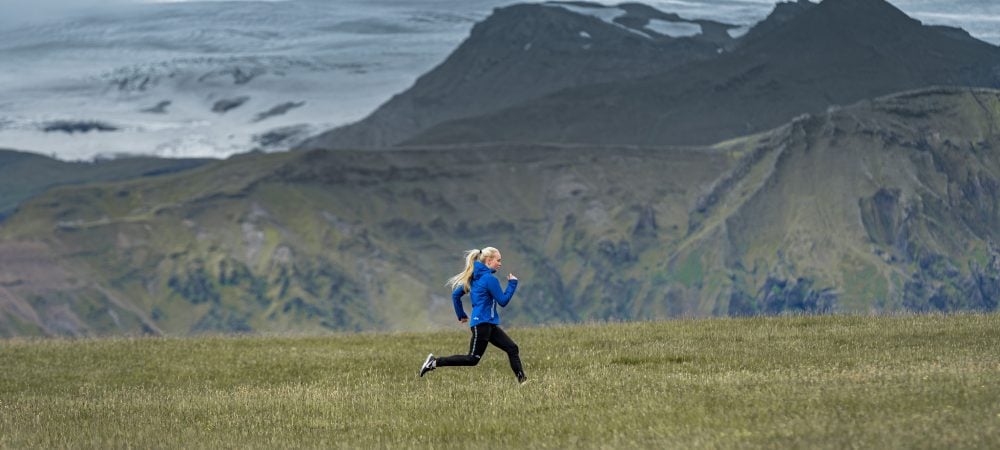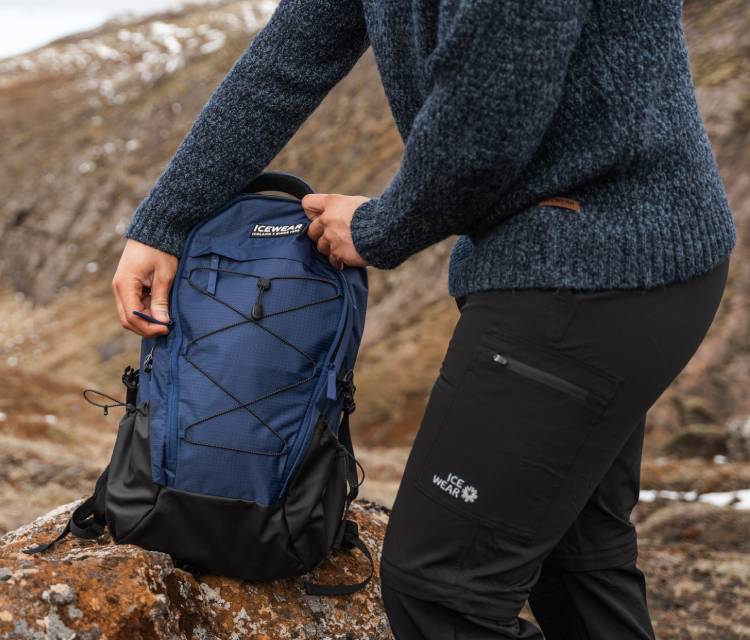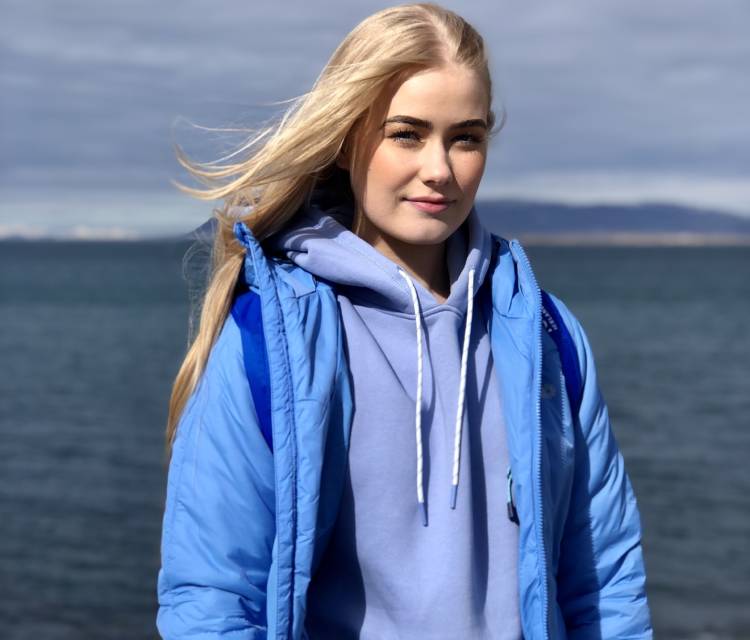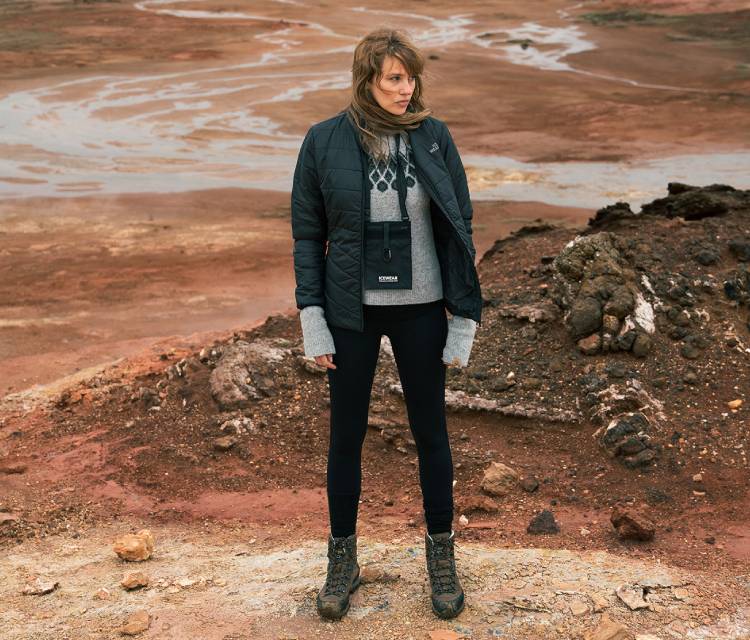It’s a popular bit of trivia that Greenland is largely ice, and Iceland is largely green. These days, however, it’s the rest of the world that’s “green” looking in at Iceland’s handling of the COVID-19 pandemic.
As of February 2021, the small nation just south of the Artic Circle has almost no infections—knock on wood! (Or “sjö, níu, þrettán,” as said in Iceland.)
Iceland is in a unique position with its extremely low number of new COVID-19 cases. While much of this can be attributed to the small population size (with around 360,000 people) and low population density, there are other factors at play, too.
Due to the low number of infections, travelers will also be pleased to know that this means many people can once again visit the country. In the interest of traveling wisely (and safely), it’s helpful to assess how Iceland’s border reopening was done in the face of the pandemic.
Icelandic Unity to Safeguard Population and Travelers
Iceland’s population is relatively small. In fact, next to the number of sheep on the island (which are raised in large part for Iceland’s wool industry), the population of people are outnumbered by 50.000 sheep roaming the rolling green hills and mountains.
It’s said that the harsh environment is one of the biggest influences on the Icelandic people and their way of living. The population is accustomed to natural disasters that can throw life off track. Iceland is a rugged country, with the nation’s trademark wool clothing an illustration of a strong cultural identity and adaptability to the elements.
Perhaps most importantly, this shared identity feeds a sense of unity among Icelanders from the cities to the fishing towns. Icelanders have taken this sense of unity to heart during the pandemic by strictly following health guidance measures like mask-wearing and social distancing.
How Icelanders lifted the Travel Ban—and Kept Good Health
Iceland is an outdoor paradise of hiking and trekking adventures (in the right clothing, of course). The most popular activities and pastimes are often outdoors and in areas with no one around. This was a tremendous advantage when following social distancing guidance in the face of COVID-19.
Icelanders’ ability to stay active while still social distancing helped keep the population “sane,” too, in that mental health could be bolstered by regular exercise and outdoor excursions.
Some of Iceland’s most celebrated hiking trails include Fimmvörðuhals, Laugavegur (which shares its name with the main shopping street in Reykjavik), and the trails at Hornstrandir in the country´s top left corner. Icelanders in the capital Reykjavik often favor trails nearby like those at Mount Esja and Reykjadalur Valley (famous for its hotspring rivers).
Staying active in Iceland—even in the cold, wet winter next to the realities of a pandemic—became as simple last year as dressing well. Icelanders dress in layers since the weather can change quickly. Icewear recommends those layers include a base layer of wool because of its natural antibacterial qualities, meaning it won’t smell even after a few days. A wind jacket and good shoes will be essentials for trail trekking, too.
Along with these cultural factors, over 2020, the Icelandic government also worked hand-in-hand with local organizations to share ideas, data, laboratory space and staff to better source-track infections. Iceland has since come to know the origin of almost all the community infections that have occurred.
As a result, last year on June 15, 2020, Iceland re-opened its borders to non-essential visitors (in other words, tourists) from over 30 European nations. This was months before many other countries. In fact, Iceland was among the first to re-open borders around the world. The small nation then opened borders to an extended list of countries one month later. The opening gave a needed boost to the tourism industry without causing a significant wave of new infections.
Current Iceland Travel Restrictions
Icelanders have done their best to keep one another safe, which also helped the country look to welcoming tourists again in larger numbers.
Of course, there are still some restrictions upon entering the country to keep one another safe.
Depending on where you’re coming from, you might be wondering, “Can I travel to Iceland right now?” With the difference between infection rates in Iceland and other countries around the world (like the U.S., which accounts for around a quarter of confirmed cases), many residents of hard-hit countries are unsure about their own ability to travel to Iceland.
Can Americans travel to Iceland right now?
Can Spaniards, or other members of the EU?
Who else remains under an Iceland travel ban?
From Europe, there are currently no entry restrictions for EU or EFTA visitors to Iceland. From the UK, as of January 1st, 2021, there have been some changes to British permissions to enter Iceland because of the new strain that originated there.
From the U.S. and Canada, borders to Iceland are currently closed. There are exceptions for those with close family ties as well as essential travel.
As of January 15th, 2021, travelers who are permitted to visit Iceland are required to undergo a double COVID-testing procedure along with a quarantine of five or six days. This type of processing has been one of the biggest ways that Iceland has avoided more serious infection rates.
The rest of the world might be green with envy at the health Iceland has today, but with the now-global rollout of vaccines, everyone is starting to feel more optimistic. There’s a light at the end of the coronavirus tunnel that we’re finally able to see.









